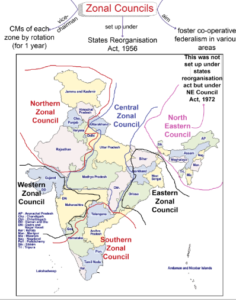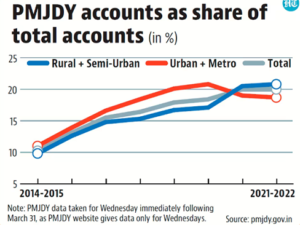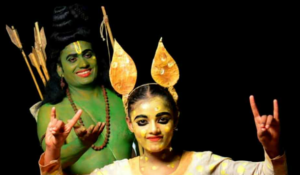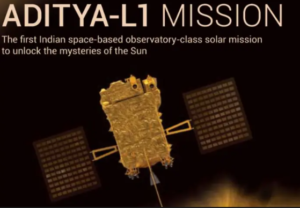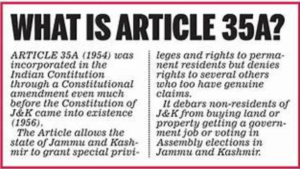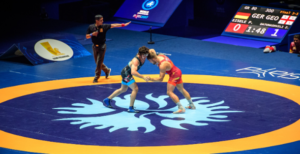Preliminary Pointers
Gujarat’s Gandhinagar hosts the Western Zonal Council’s 26th meeting (GS-1)
NEWS: On August 28, 2023, in Gandhinagar, Gujarat, the Western Zonal Council holds its 26th meeting, presided over by Union Home Minister and Minister of Cooperation Shri Amit Shah.
- Gujarat, Goa, Maharashtra, as well as the union territories of Dadra and Nagar Haveli and Daman & Diu, make up the Western Zonal Council.
- Formation – In 1957, five Zonal Councils were created in accordance with Section 15-22 of the 1956 States Reorganization Act.
- Composition – These five Zonal Councils are headed by the Union Home Minister, and its members are the Administrator/Lieutenant Governor of the Union Territories and the Chief Ministers of the States included in each Zonal Council. The Governor proposes two more ministers from each state to serve on the council.
- Purpose: Zonal Councils aim to promote cooperative federalism by providing a platform for states to discuss and resolve common issues and concerns. They foster collaboration and dialogue between states and the central government.
- Function: These councils discuss a wide range of subjects such as infrastructure, development, security, social welfare, and more. They provide a mechanism for states to share best practices, address disputes, and enhance mutual understanding.
Pradhan Mantri Jan Dhan Yojana (PMJDY) completes 9 years (GS-3)
News: Pradhan Mantri Jan Dhan Yojana (PMJDY) – the National Mission for Financial Inclusion – completes nine years of successful implementation today.
- Launched by Prime Minister Shri Narendra Modi in his Independence Day address on 15th August 2014.
- Objective: Financial inclusion program by Indian Government. Aims to provide universal access to banking services, promote savings, and enable direct benefit transfers.
- Over 50 crore beneficiaries have been included in PMJDY since its inception. The cumulative deposit balance in PMJDY accounts is Rs. 2,03,505 crore.
- PMJDY accounts have expanded by 3.4 times, reaching 50.09 crore by August 16, 2023, from 14.72 crore in March 2015.
- Approximately 56% of Jan-Dhan account holders are women, while around 67% of accounts exist in rural and semi-urban regions.
- RuPay cards, totaling 33.98 crore, have been distributed to PMJDY account holders.
- Direct Benefit Transfers (DBTs) have empowered and given financial security to the most vulnerable members of society with incredible speed and ease.
- The fact that DBTs through PMJDY accounts have made sure every rupee reaches its designated beneficiary and stopped systematic leakage is a crucial factor.
Seethakali folk Art (GS -1)
News: Performing outside of Kerala for the first time, a Perinad Seethakali Sangham member group is ready to go.
- Origin and Theme: Seethakali predominantly centers around the Ramayana, an ancient Indian epic. It narrates the story of Lord Rama’s journey to rescue his wife Sita from the demon king Ravana. The performance showcases episodes from the Ramayana, emphasizing the valor and devotion of Rama and Sita.
- Artistic Presentation: The art form involves intricate and colorful visual representations created on the floor, usually using natural materials like rice powder, flowers, and colored powders. These designs, known as ‘kolams,’ are a crucial aspect of the performance, enhancing the storytelling.
- Music and Dance: Seethakali is accompanied by lively music and rhythmic dance movements. The performers, often women, use their hands to create rhythmic claps and beats, adding a dynamic element to the storytelling. The combination of music, dance, and narration creates an engaging and immersive experience for the audience.
- Cultural Significance: Seethakali holds cultural and religious significance in Kerala. It serves as a medium for preserving and passing down the rich mythology and cultural heritage of the region.
- Seethakali used to be performed as a component of the harvest festival Onam in earlier times.
- The art form also fosters a sense of community and cultural identity.
ISRO to launch Aditya-L1 on Sept. 2 (GS – 3)
News: The Indian Space Research Organization (ISRO) will launch Aditya-L1 on September 2 into orbit, becoming India’s first solar observatory.
- As per ISRO’s plans, the spacecraft is destined for a halo orbit encircling the Lagrange point 1 (L1) within the sun-earth system, positioned roughly 1.5 million km away from Earth.
- The estimated duration for the spacecraft to journey to the L1 point is more than 120 days.
- The Aditya-L1 mission’s outline specifies that a satellite positioned in the halo orbit adjacent to the L1 point offers a significant advantage of uninterrupted solar observation, devoid of any interruptions or eclipses.
- This point enables real-time monitoring of solar activities and their impact on space weather.
- The spacecraft accommodates seven distinct payloads created for scrutinizing the sun’s photosphere, chromosphere, and its outer layers.
- Will Study Magnetic field topology and magnetic field measurements in the solar corona .Drivers for space weather (origin, composition and dynamics of solar wind .
Article 35A (GS – 2)
News: The Chief Justice questions if the Center upheld federalism when it repealed Article 370 and dissolved J&K as a full-fledged State.
- Article 35A was a provision in the Indian Constitution that granted special rights and privileges to the residents of the state of Jammu and Kashmir.
- It was inserted through a Presidential Order in 1954, following the accession of the princely state of Jammu and Kashmir to India.
- Article 35A aimed to define “permanent residents” of the state and provided them with certain exclusive rights and privileges, including:
- Property Ownership: Only permanent residents were allowed to own property and land in the state.
- Employment: Permanent residents had exclusive rights to government jobs in the state. Non-residents were not eligible for government employment.
- Residence: Only permanent residents could settle and reside in the state. Others needed permission to do so.
- Social Benefits: Permanent residents were entitled to various social benefits, including access to education and healthcare facilities.
- On 5 August 2019 abrogation of Article 35A signifies a constitutional shift. It was a part of the larger move to amend Article 370, which granted Jammu and Kashmir special autonomous status.
Why was the WFI suspended by United World Wrestling? (GS -2)
News: United World Wrestling (UWW), the world governing body for the sport, has provisionally suspended the Wrestling Federation of India (WFI) primarily for not conducting its elections on time.
- Wrestlers and their support staff (people with a high-performance, medical, or technical role such as coaches, assistant coaches, sport physicians, or masseurs) are still permitted to compete in all UWW sanctioned events (that is, all events on the UWW calendar), but they must do so while flying the UWW flag.
- As a result, Indian wrestlers are unable to represent their country at UWW competitions, including the World Championships in Belgrade in September.
- No national anthem will be played if an Indian wrestler wins a gold medal.
- United World Wrestling – International governing body for the sport of amateur wrestling.
- It was founded in 1912 as the International Federation of Associated Wrestling Styles (FILA) and later rebranded as United World Wrestling in 2014.
- Responsible for overseeing and regulating various forms of wrestling, including freestyle wrestling, Greco-Roman wrestling, and women’s wrestling.
- UWW establishes the rules and regulations for different styles of wrestling, ensuring consistency and fairness across competitions.
- This includes determining the scoring system, match duration, weight classes, and permissible techniques.

